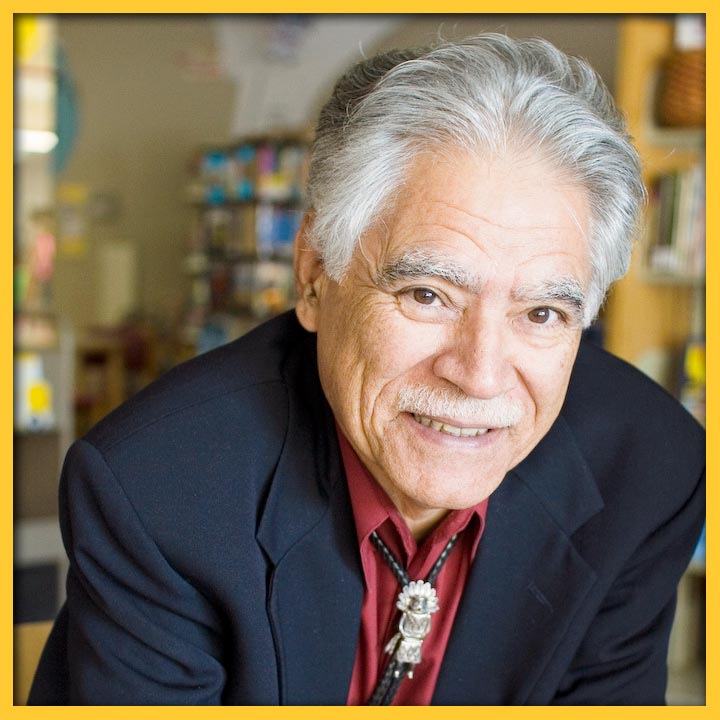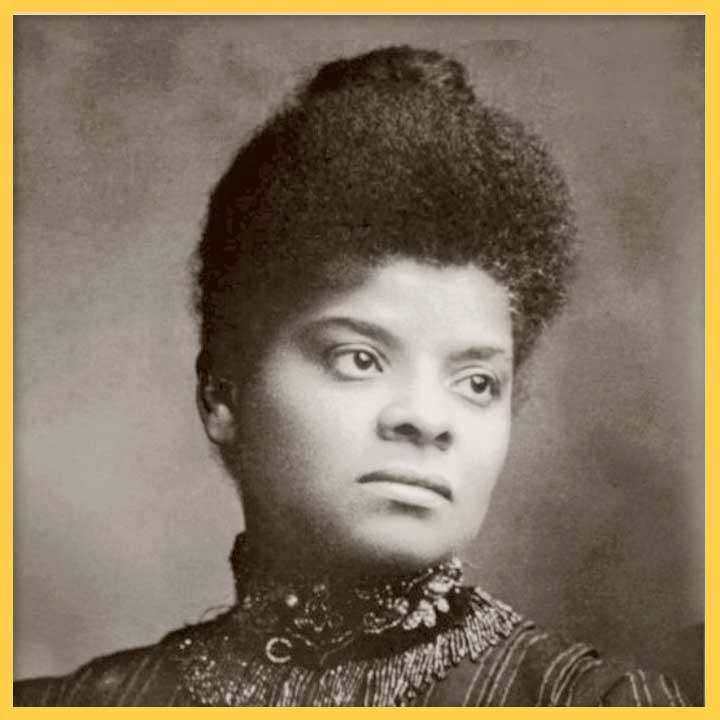SHARE:
Ida B. Wells, a renowned American journalist and social activist from Holly Springs, Mississippi was born into slavery on July 16, 1862. The year of Ida B. Wells’s birth was a dark albeit reformative period in American history. America as she experienced it had the potential for growth and unity as she was born less than a year before slavery was abolished in 1863. Ida was among a large population of newly freed slaves rushing to learn how to read and write; ultimately paving the way for future generations. Ida learned from her parents that becoming well-mannered and educated meant the freedom to participate in civic life and better occupational prospects for Black Americans. Ida B. Wells discovered the power of the pen when she and her family moved to Memphis, Tennessee in 1878 during the height of the Reconstruction Era where slavery morphed into another form of oppression for Blacks in the United States. In her travels, she learned that she could initiate and effect change by documenting the concerns of her community.
For six decades, from the cradle to the grave and in every corner of the world, Ida proudly dedicated her life to defending the honor of oppressed Black citizens. In 1883 at the age of 20, while on the Chesapeake Railway line to Woodstock, Tennessee, she tenaciously clung to her belief of equal freedoms when it took three men to forcibly remove her from the ladies’ cart to a smoking cart. At the National Negro Committee Conference of 1909 in New York, 47-year-old Ida defended the dignity of all human beings when asked to speak on African American rights. Refusing to allow the country to further ignore the wickedness of lynching, she called it, “…a blight upon our nation, mocking our laws and disgracing our Christianity.” At the age of 60, she bravely returned to the South after the horrendous 1919 Arkansas Elaine Massacre, where scores of free Black farmers were tortured, accused of, and jailed for conspiracy, while others were murdered by white farmers for unionizing to receive fair market value for their cotton crops. Wells rallied support from surviving residents when she wrote, “Pray to live and believe you’re gonna get out.” The next year, a pamphlet was published based on her interviews with 12 of the Elaine Massacre victims – five years later those men were released.
The reach for freedom and political power for Black America gradually gained momentum at the turn of the 19th century, however, these proved to be hard-fought. Tensions rose when southern white land and business owners found themselves in direct competition with Black Americans. Ida B. Wells weaponized her writing by placing crimes of hatred under the scrutiny of the public eye. Outraged, she published a news editorial and boldly shamed the white community for disrespecting the reputation of Black men; accusing them of crimes that could not be proven nor substantiated. Her impact was felt and caught the attention of the white community.
Determined to right the wrongs, in 1893 Ida took her anti-lynching campaign to Europe, thus gaining allies through her efforts to inform and educate the world. When she returned to the states in 1894, she further amplified the message of inclusiveness for all Black Americans. Today, the legacy of her work continues as countries all over the world chant the words, “Black Lives Matter!”
Her work didn’t stop with external injustices, it extended to providing courageous leadership related to internal oppression among Northern Black elites who were creating division with their Southern brothers and sisters. With help, she opened a Hull House for vagrant southern Black men in need of shelter and arranged a charity ball that provided space to nurture Black excellence, culture, and creativity – advocating for the poor and defenseless was at the heart of everything she did.
It is little known that Ida B. Wells was one of the founding members of the NAACP (National Association for the Advancement of Colored People) in 1909. In recognizing the need to confront the patriarchy while combating white supremacy, in 1913 she organized the very first Black woman’s club called the Alpha Suffrage Club. This club proved instrumental in uplifting the Black community politically and socially, especially as it related to the contributions of Black women. When Ida put pen to paper, the doors to freedom swung open.
This column was generously funded by a grant from the Mellon Foundation to explore the question of Democracy and the Informed Citizen.
PASA POR AQUÍ
ADDITIONAL BLOG ARTICLES

SCANNING FOR STORIES
It was a Friday afternoon in November and I was driving on a state road through the hills of the Mimbres Valley. The entire landscape was bathed in a golden hue because the tree leaves had made their full conversion to a bright yellow color just before falling off the branches.

REFLECTIONS ON THE LOSS OF A NEW MEXICO CIVIL RIGHTS LEADER
By Carlyn N. Pinkins, M. A.
“The Dr. Harold Baileys of the world should inspire us all to do what we can to leave our communities, our towns and cities – our great state – better places than we found them. While we do our part to create the Dr. Harold Baileys of the future, we should also strive to make sure that the Dr. Harold Baileys of our past and present are never forgotten.”

RUDOLFO ANAYA: CATCHING CULTURES IN BLESS ME, ULTIMA
By Richard Wayne Etulain
Anaya greatly expands the cultural contributions of his novel by combining the usual (Bildungsroman—growing up theme) with the unusual (complex, diverse New Mexico Hispanic culture)…
SHARE:
DISCLAIMER:
Any views, findings, conclusions or recommendations expressed in this blog post/article does not necessarily represent those of the New Mexico Humanities Council or the National Endowment for the Humanities.
ABOUT THE AUTHOR:

INA JANE
Originally from Long Beach, CA, Ina Jane currently works as a freelance writer and enjoys indulging in the stories of those that are most inspiring and healing. She graduated from Sacramento State University with a Bachelor of Arts degree in Humanities and wishes to share her passion for storytelling with her community. Outside of work, Ina enjoys art, cooking, traveling, laughing, playing with her dog, and yoga.

